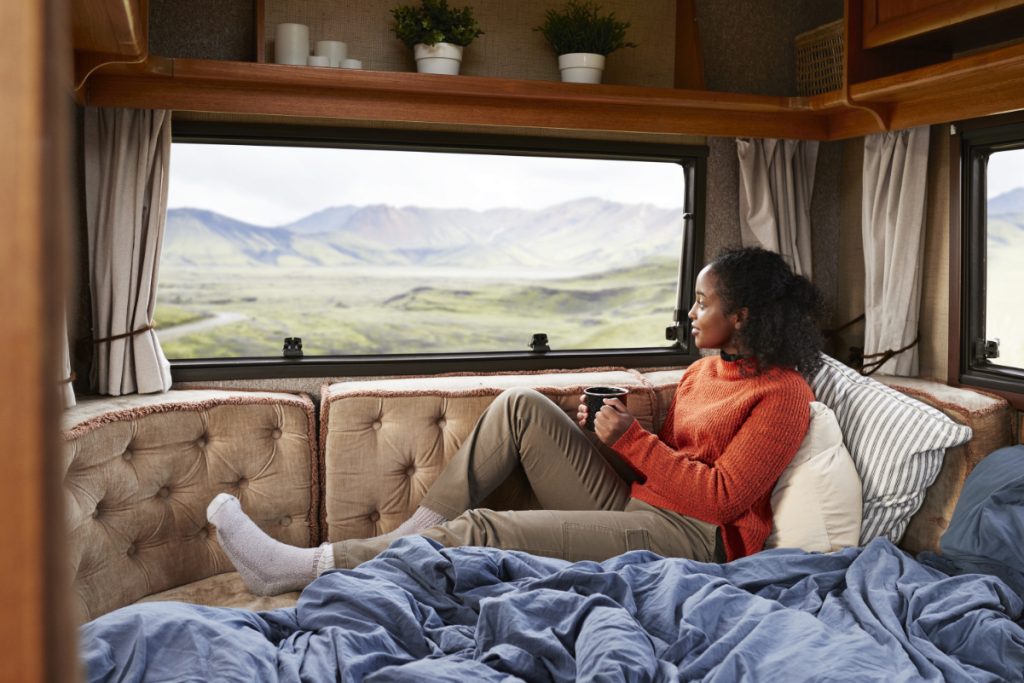In 2022, many travelers are re-prioritizing what they want from their vacations. Yet some brands and content marketers rely on out-of-date criteria when selecting images.
Getty Images, the stock footage agency, surveyed about 7,000 Americans to ask about their travel plans.
The company then looked at the visuals selected by many brands in the past year for TV commercials, online display advertising, and content marketing. Some of the choices were out of alignment with consumer preferences at the moment.
“In the next year, people are twice as likely to consider domestic travel than they are to consider a trip internationally,” said Tristen Norman, director of creative insights, Americas.
More than half of Americans surveyed are not planning a foreign trip in 2022, said the so-called VisualGPS results, which Getty Images released on Tuesday.
Cautiousness about foreign travel is significantly higher, on average, among baby boomers than among millennials. That’s a problem for the travel industry because baby boomers tend to travel longer and spend more.
Only 14 percent of surveyed consumers are planning an expensive dream trip this year.
Yet many brands are still using images that represent lavish international journeys, despite a common interest in staying close to home — and a shift in how travelers have begun to represent themselves on social media platforms Instagram and TikTok.
In the survey, the most-mentioned purpose for travelers in 2022 across age groups was social connection.
About 40 percent of travelers are prioritizing trips to see loved ones and friends this year, the survey found.
Norman recommended that brands opt for people-centered shots rather than people-less landscapes.
“Before the pandemic, people were really focused on what we call ‘Instagram envy,’” Norman said, with a frequent focus on recreating places and experiences they had seen others post on social media.
Now, social re-connection along with cultural discovery are surfacing.
Imagery showing social connection may resonate much better than the pre-pandemic mainstays of images of solo travelers shot from behind with an exotic or food item destination foregrounded instead.
Outdoor-themed vacations also are remaining highly popular in 2022, continuing a two-year boom. But many brands are instead this year showing images in cities.
Norman noted that all types of Americans visit outdoor destinations and that outdoor imagery doesn’t have to be of white families only.
Asian people, for example, are seen seven times less than whites, and Hispanic people are seen 10 times less, in imagery that has an outdoor travel theme.
One bright spot was that marketers were gravitating toward road trips, an idea that is, in fact, top-of-mind with many consumers now.
“We see growth in all types of road trips,” Norman said. “To us, that’s a clear indicator that there is some understanding of the ways in which most consumers are approaching their travel plans.”
But on the downside, there was a decline in the past couple of years of brands choosing travel images that represent what Norman called “micro-cultures,” or diverse activities beyond mainstream attractions like American football.
In positive news, the use of travel imagery including African Americans is up 18 percent over two years, though admittedly that was from a low base relative to population share.
Source: Skift






